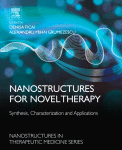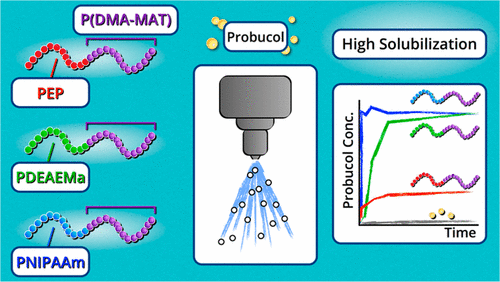- Home
- Blog
- News
- Basics
- Sources
- Agencies, Regulatory & Organisations
- CERSI Excipients Browser
- Excipient Report
- Excipient DMF List
- EXCiPACT Certified Companies
- Excipient Documentation
- Excipient EINECS Numbers
- Excipient E-Numbers
- FDA Inactive Ingredient List
- FDA GRAS Substances (SCOGS) Database
- IPEC Americas
- USP - U.S. Pharmacopeia
- Definitions
- Whitepapers / Publications
- Supplier
- Services
- Media
- Events
- 1st pharmaexcipients Poster Award
- Event Calendar
- Events featured by pharma-excipients
- 4th Annual Formulation & Drug Delivery Congress
- DDF Summit
- ExcipientFest Americas
- ExcipientFest Asia
- Global CompliancePanel
- International Conference and Exhibition on Pharmaceutics & Novel Drug Delivery Systems
- Formulation & Drug Delivery USA Congress
- Laboratory Medicine 2018
- Making Pharmaceuticals Europe
- Making Pharmaceuticals Exhibition
- Pharma Integrates
- PharmaExcipients China @CPhI China
- TTC Technology Training Center
- Jobs
- Online Sourcing
- Contact
22. November 2017
Lipid nanoparticles are widely explored in many therapeutic, targeting, and imaging areas. Among the various nanoplatforms, lipid-based nanostructures offer better attributes to drug delivery, such as high loading capacity, biocompatibility, improved physicochemical and long-term stability, ease of surface modification, adjustable drug release, and enhanced bioavailability.
28. September 2017
Synthetic polymers offer tunable platforms to create new oral drug delivery vehicles (excipients) to increase solubility, supersaturation maintenance, and bioavailability of poorly aqueous soluble pharmaceutical candidates. Five well-defined diblock terpolymers were synthesized via reversible addition–fragmentation chain transfer polymerization (RAFT) and consist of a first block of either poly(ethylene-alt-propylene) (PEP), poly(N-isopropylacrylamide) (PNIPAm), or poly(N,N-diethylaminoethyl...
16. March 2017
Abstract Microneedles (MNs) have been investigated as a minimally-invasive delivery technology for a range of active pharmaceutical ingredients (APIs). Various formulations and methods for coating the surface of MNs with therapeutics have been proposed and exemplified, predominantly for hydrophilic drugs and particulates. The development of effective MN delivery formulations for hydrophobic drugs is more challenging with dosing restrictions and the use of organic solvents impacting on both the...
04. August 2016
Objectives: To develop orodispersible films (ODF) based on hydrophobic polymers with higher stability to ordinary environmental humidity conditions without compromising their fast disintegration time. Methods: A quality by design approach was applied to screen three different formulations each one based on a different hydrophobic polymer: polyvinyl acetate, methacrylate-based copolymer and shellac. The screening formulations were characterized regarding their mechanical properties, residual...


